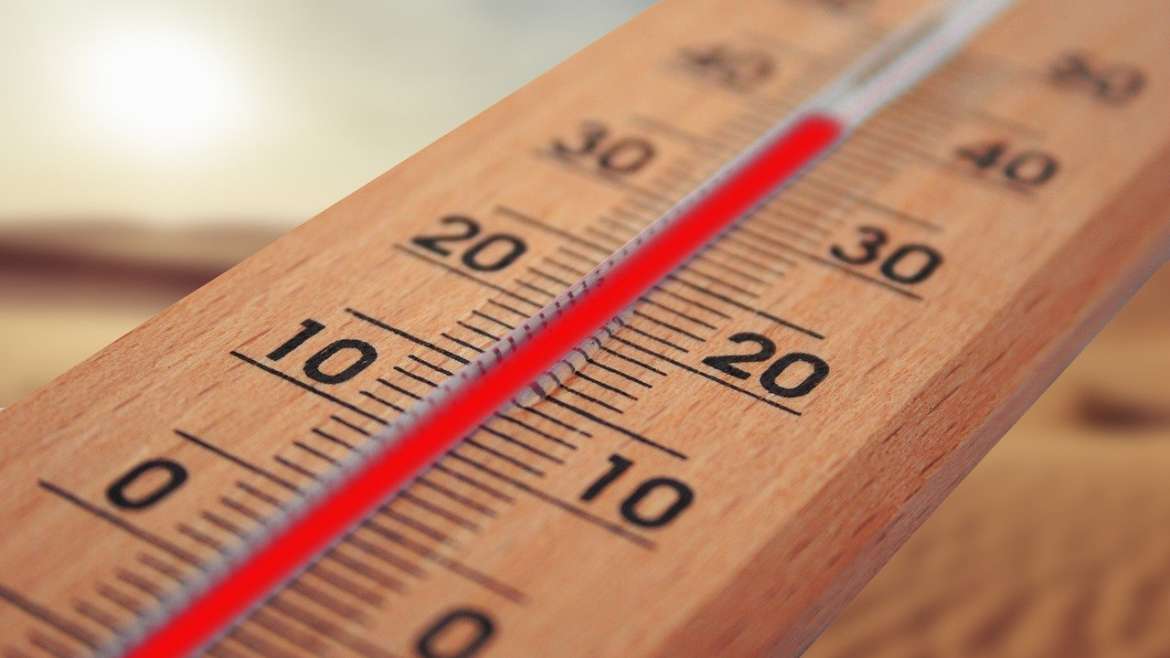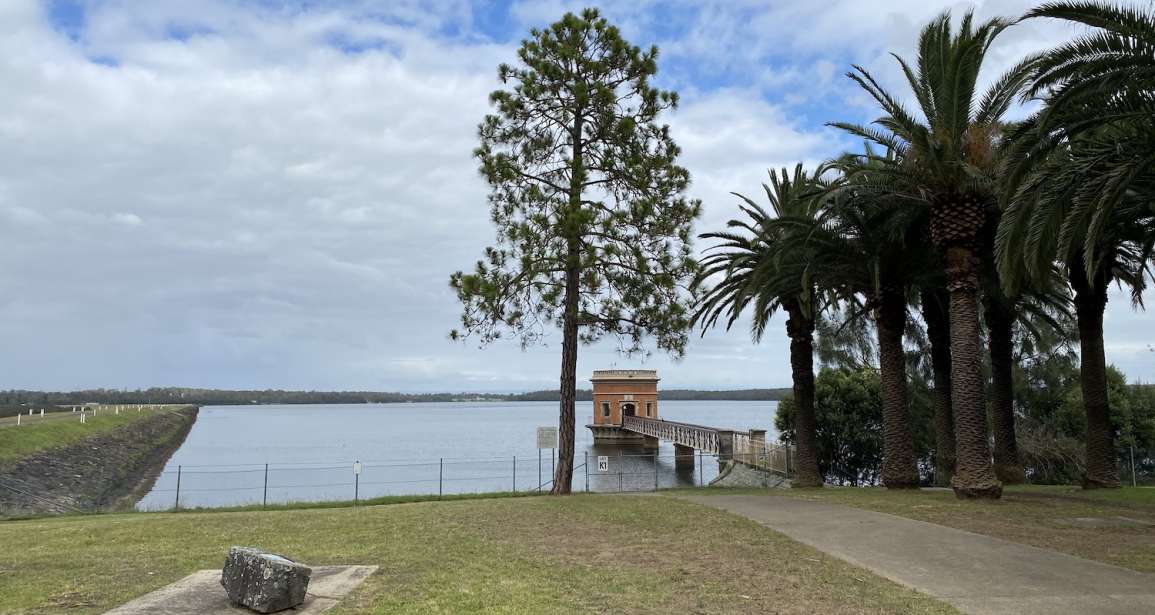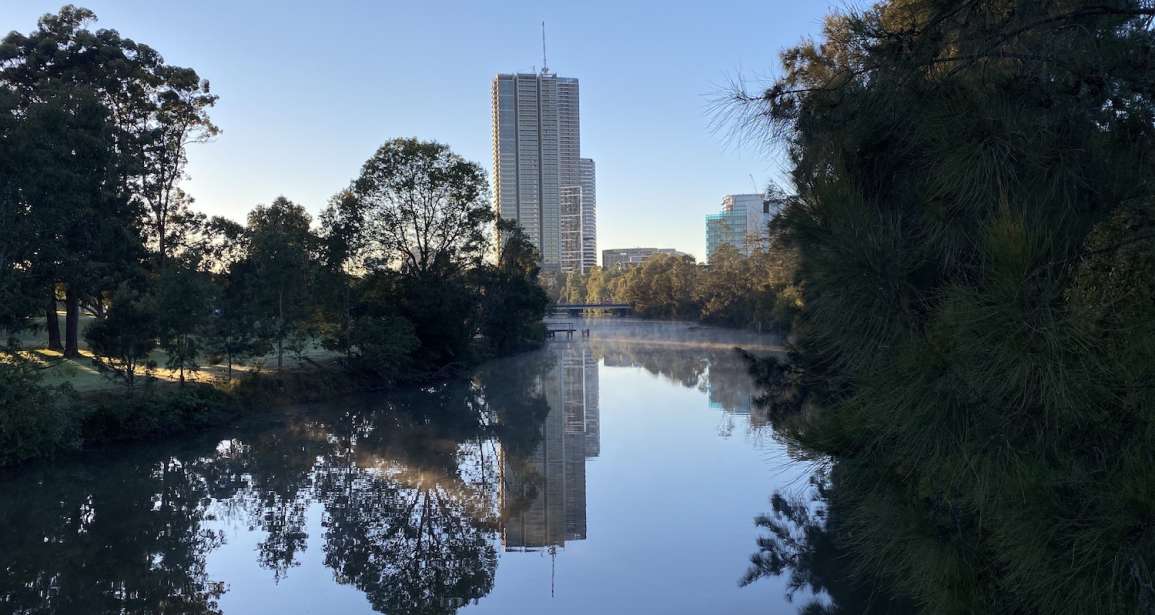Western Sydney has always been the centre of the climate crisis in Australia. Home to more than 2.5 million people, the region is known for its packed suburbs, heat pools, and sun-baked streets.
Extreme heat in the region is turning the place into unliveable suburbia. This is exceptionally true in summer where burning pavements, heatstroke, and bush fires are all too common. It’s also no surprise that almost all residents in the region have air conditioning installed in their homes.
This unbearable heat can be caused by many things. The primary cause is Western Sydney’s geography and environment. Unlike the Eastern part which is graced by the sea breezes, the west part has no way to cool down.
The second cause is Western Sydney’s highly urbanised region. The urban heat island effect is caused by large concentrations of buildings, pavements, and surfaces that retain heat. With not enough green spaces to reflect heat and provide a cooling effect, hot air is continually trapped in the region.
According to a study by the University of Western Australia and RMIT, hot temperatures and extreme heat is mostly caused by human activities. Examples are solar radiation from black asphalt and dark roofs. Another cause would be the anthropogenic heat from cars. All these contribute to the creation of a heat dome that blocks cool air from the sea.
Why is Penrith so hot?
Known for its long, hot summers and cool short winters with freezing nights, Penrith has always had a humid subtropical climate. Compared to Sydney, its daytime temperatures are often a few degrees warmer. However, in recent years, the region’s temperature has consistently been rising which alarmed many scientists. Minimum temperatures and the maximum temperature has increased to more than 10% in just the last decade.
On January 4, 2020, Penrith had a record-breaking temperature of 48.9 degrees celsius. This was the hottest temperature ever recorded in Greater Sydney. Located at the foot of the Blue Mountains, Penrith became one of the hottest places in the world during that day. Penrith also had six consecutive days within temperatures over 40 degrees!
Penrith’s extreme temperatures are a result of its inland location and its position on the footsteps of the Blue Mountains, which is where hot air is trapped.
Other factors such as climate change, lack of green spaces in Western Suburbs, and bad housing design all contribute to the region’s high temperatures. According to researchers in the area, 5,500 of Penrith’s street trees displayed 10% canopy damage brought by extreme heat and drought.
How much hotter is Western Sydney?
Based on recent data, Western Sydney is hotter than Sydney CBD by 6-10 degrees celsius or 11-18 degrees Fahrenheit. The region’s lack of green space, high house density, and poor housing design all contribute to the rising heat.
Western Sydney’s air temperature has been rising for the past few years. In fact, the number of days per year where Western Sydney had a temperature over 35 degrees has increased from an average of 9.5 days in 1970 to 15.4 days in just the last decade. Based on predictions from CSIRO and the Bureau of Meteorology, by 2090 the days over 35 degrees could more than triple to a projected 52 days!
Extreme heat which is characterised by temperatures above 35 degrees is dangerous not just to humans, but also to plants and our ecosystem. Exposure to such temperature will affect the human body’s cooling mechanism. It will create a range of health issues that range from mild to severe. Some cases can even be fatal if ignored.
In 2018, a project named “Turn Down the Heat” was initiated by the Western Sydney Regional Organisation. This was a collaborative effort to build a cooler and more heat-resilient future for Western Sydney. Then in 2019, another climate adaptation program was introduced in Sydney due to the rising temperatures in the region. City councils have introduced a “heat refuge network” which consisted of community air-conditioned spaces for people who are most vulnerable to dangers of extreme heat.
What is the hottest suburb in Sydney?
Sydney is generally a humid city, shifting from cool winters to warm summers plagued with searing heat. The city also experiences around 20 severe storms per year. In general, eastern suburbs are also a lot cooler than Western Suburbs.
The hottest suburb in Sydney is Berkshire Park which had its heat logger registered at 52 degrees celsius! Most houses in this suburb are single-glazed, black roofed properties that are huddled together leaving no space for natural greenery. This poor design leads to high temperature which contributes to a lot of deadlier hot summer days.
What’s the hottest city in Australia?
Due to its tropical savanna climate, the city of Darwin with more than 160,000 people is the hottest major city in Australia. For 11 months out of 12, the city’s average daily temperature has been above 30 degrees celsius. The highest temperature ever recorded for a town in Australia is 50.7 degrees celsius in Oodnadatta, located in South Australia.
Cities and towns in Australia weren’t this hot before.50-degrees plus summers never happened. However, with the rise of housing estates and huge industrial projects, the region’s temperature has changed rapidly. The more Sydney keeps building and industrialising, the worse the radiant heat gets.
Re-imagining, redesigning, and rebuilding Western Sydney Suburbs
In the next few years, if people don’t do anything about Western Sydney’s extreme temperature, many people will move towards the coast where the geography and sea breeze offer better liveable surface temperature. Many parts of the Greater Western Sydney Region could be ghost towns due to maximum temperatures.
Urban heat can also affect people emotionally and mentally. According to research from Western Sydney University, radiating heat makes people sedentary, passive, and lonely. Lack of shaded and cool public spaces are causing sedentary lifestyles. Many families are not allowing their children to play outdoors due to the lack of shade and risk of heat stroke.
So, how can we save Sydney’s west from its ever-worsening hot days brought by climate change? How can we prevent it from becoming the hottest place on Earth in the years to come? Experts believe it can be done with the right ideas and processes.
- Instead of building car parks, build more green parks instead.
- Planting more street trees to increase shade
- Paint roads with heat reflective paint to reflect rather than absorb heat
- Another solution is by using more light-coloured building materials instead of dark roofs and roads.
- Provide more shopping centres with air conditioners
- Build up or build down. Design underground houses or high apartment blocks surrounded by parks.
- Planning and infrastructure development should focus on resilience against heat




